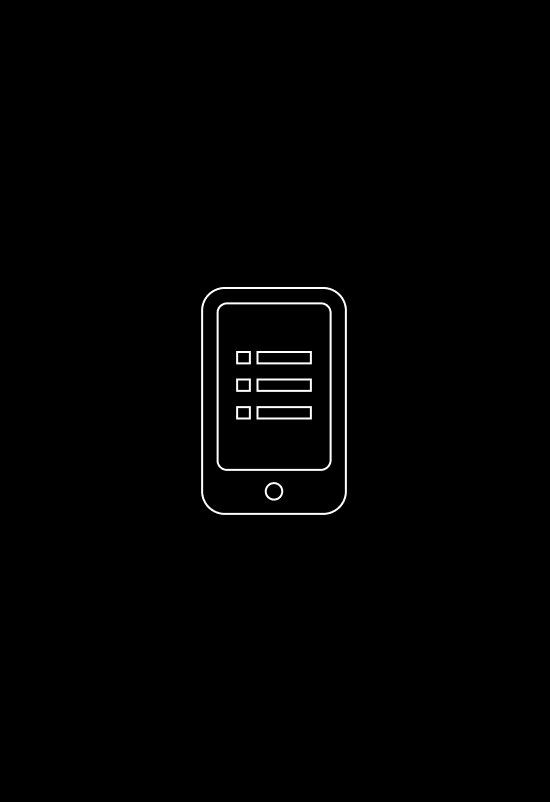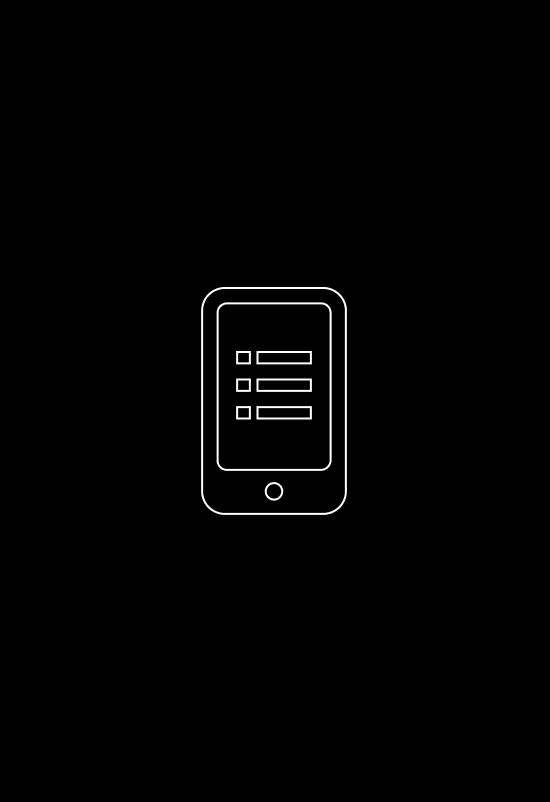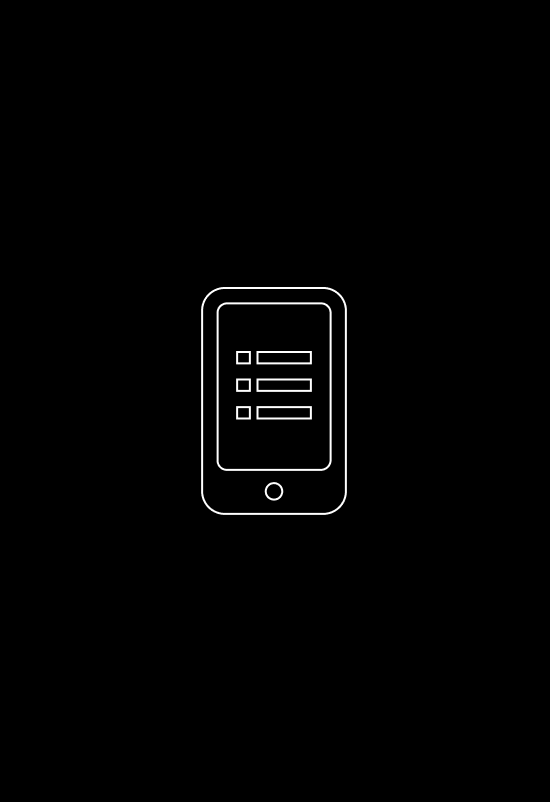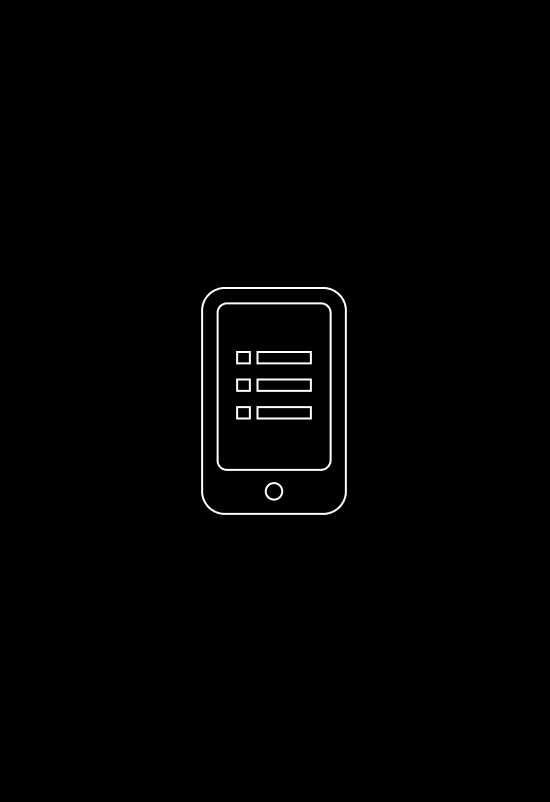- Moments Covered: Cross-sell, Replenishment, Subscription Upsell, Lapsed Customer
- Plays Used: Cross-sell Flow, Late Cross-sell Flow, Cross-sell Recommendations in Footer Replenishment Reminder, Late Replenishment Reminder, Replenishment Banner, Subscription Upsell Flow, Subscription Upsell Block, About to Lapse Flow, Lapse Prevention Banner
- Integrations Used: Klaviyo, Attentive
- Business Impact: Improved 30-Day LTV
Not too long after joining Fresh Clean Threads, Brendan Roeschel found something in the brand’s repurchase data that changed the way Brendan would try to manage lifecycle marketing: For every additional t-shirt purchased in a customer’s first order, that customer’s 12-month order frequency dropped 10-15%.
In a world of maximizing 30/60/90-day LTVs, this posed a problem: A great acquisition outcome led to increased complexity in retention. Brendan and his team could either keep those higher-value customers in their everyday retention flows, which they knew didn't fit from a timing perspective, or spend the time to create more personalized lifecycle messaging for various customer types.
Finding a Low-Resource Way to Test Retention Efforts
Doing so, however, would at least require extensive data analysis and complicated Klaviyo flow logic. Both were things Brendan couldn’t justify without knowing the incremental impact.
This tension in doing what’s best for maximizing retention, though, is nothing new.
Through the lens of revenue, retention falls prey to the law of depreciating returns much faster than acquisition. Because the top-of-funnel is so much smaller for retention, a 4% improvement on a retention effort has far less of a raw-value revenue impact than a 4% improvement on an acquisition effort. Since most brands, despite the move to profitability, still score themselves off top-line revenue, the bias, then, is to play to the lowest common denominator: improve retention for the easiest-to-influence group, and move on.
Fresh Clean Threads, though, had gotten to the point that it needed to find additional wins.
In outlining his challenges in conversations with the Repeat team, Brendan decided to test Repeat, because Repeat automates the most difficult and time-consuming workaround for returning customer personalization (think: timing of key emails, cross-sell and upsell recommendations, etc.).
He and his team didn’t have the time to test these efforts themselves, he said, but if they could be automated, it’d be worth the test.
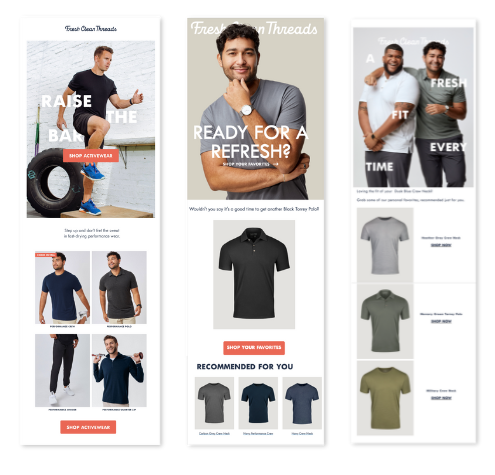
Proving Incremental Value Via Holdout Testing
In setting up the test, Repeat built a holdout test for Fresh Clean Threads, withholding 50% of both the brand’s existing customer base and newly acquired customers to analyze the impact of Repeat on both types of customers.
Fresh Clean Threads used every aspect of Repeat—personalizing the timing of key Moment messages (cross-sell, replenishment, subscription upsell, and lapse prevention) via flows and merchandising traditional campaign emails to match those Moments across their email and SMS channels. (Though Fresh Clean Threads is no stranger to holdout testing, this was the first time they’d conducted a cross-channel holdout test —a cool milestone for the brand in and of itself.)
Brendan and his team were able to use Repeat templates and the brand’s own creative library to quickly build the necessary assets to launch.
Originally scheduled as a 90-day holdout test, Repeat’s impact was so significant in the first 30 days that Brendan decided to call the test and roll out Repeat to the entire customer base.
After 30 days, Fresh Clean Threads customers who saw Repeat experiences had a 5.6% higher AOV and a 2% higher order frequency. Combined, the two metrics drove a 7.7% lift in 30-Day LTV, achieving Brendan’s goals of proving meaningful incremental revenue and doing so without overly investing the retention team’s time in the test.





